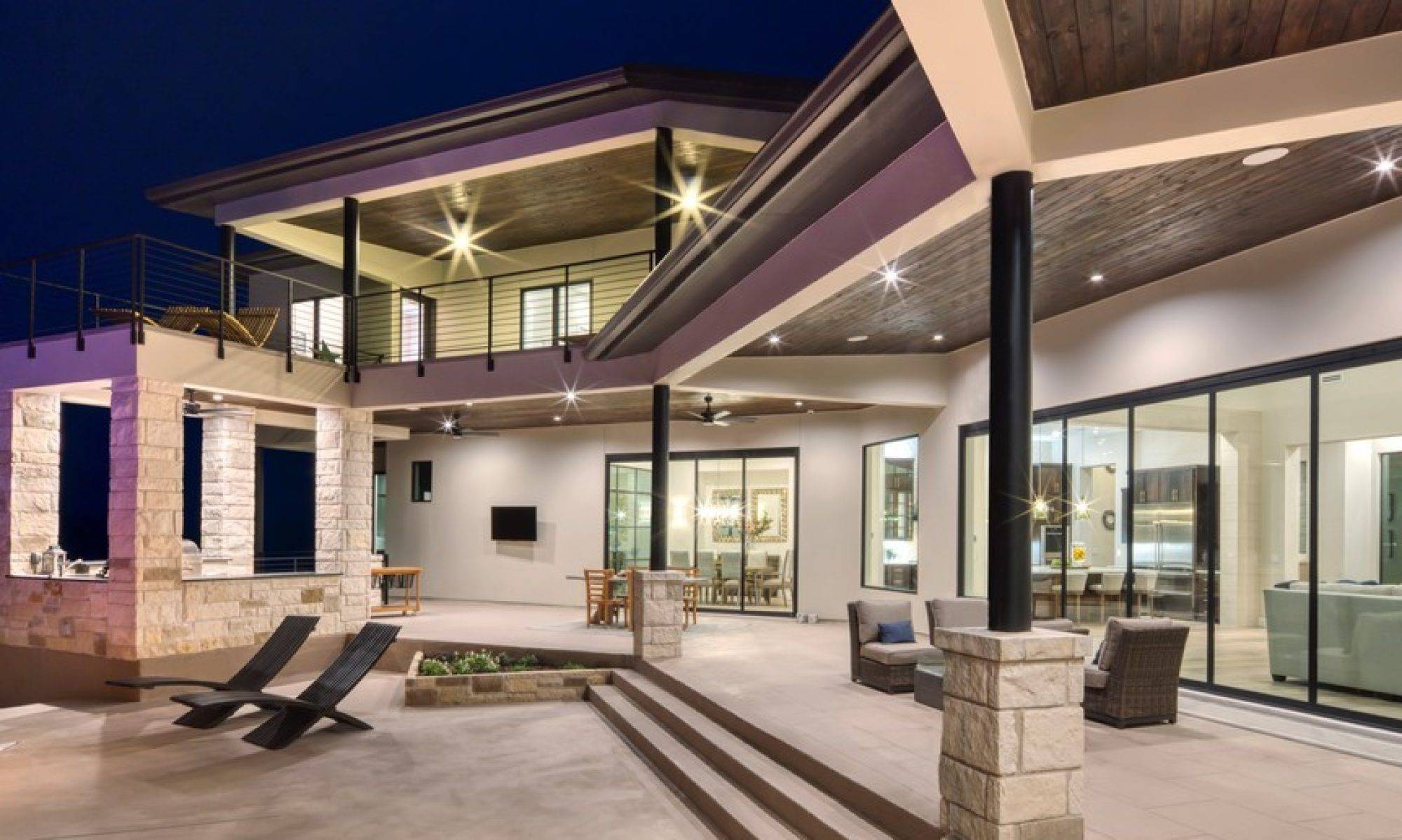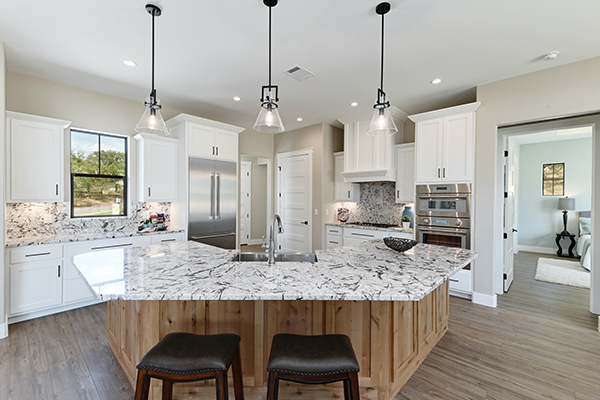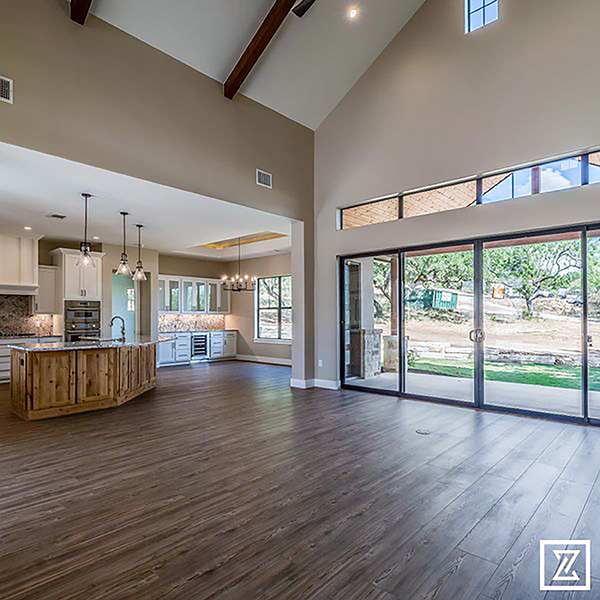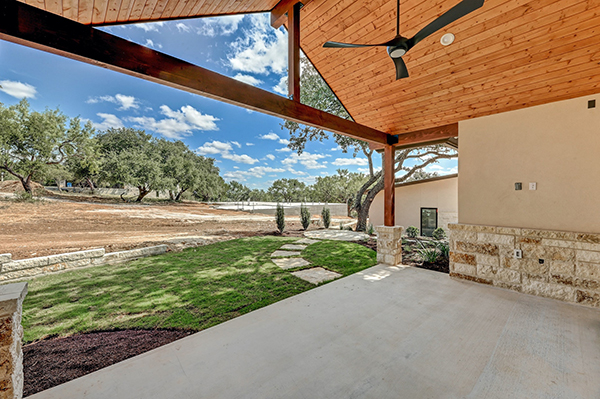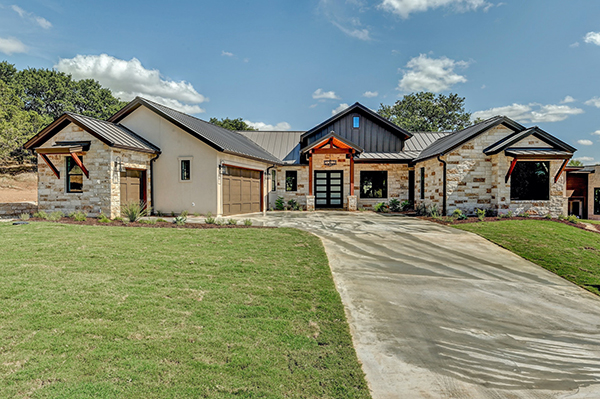Upgrades that increase home value are a necessary consideration in any home building project. When starting from scratch, you come face-to-face with MANY choices. Handled effectively, these choices can ensure that your home not only saves you money while you inhabit it, but that it also makes you money upon its sale! Let’s take a look at some of the most common eco-friendly and value-adding options for building a home.
Easy Answers
There are some upgrades that, especially when added to new construction, are too good to pass up! For example:
Energy Efficient Windows– to make the most of the benefits of home orientation, choose windows that are designed to regulate temperature. They’ll reduce heat transfer to/from the outdoors, be more resistant to condensation, and prevent air leakage.
Tankless Water Heater- also known as an “on-demand” water heater, it operates by warming water as it travels through the pipe, rather than holding a tank of water warm for hours on end. It uses FAR less energy, and reduces the experience of running out of hot water to an inconvenient thing of the past!
Attic/Garage Insulation- no matter what materials you use, insulating these often-ignored places can save you big! That said, many natural materials insulate FAR better than fiberglass, and are more sustainable. Simply ask your builder about eco-friendly options for your new construction.
Interior Wall Insulation- speaking of common places to miss an easy (and green!) upgrade, did you know insulating your interior walls could pile onto those savings for you? Rather than just space dividers, these walls make fantastic energy dividers too! Same as above, work with your builder to find the right materials for your project.
The benefits of each of these are so clear, you almost can’t help but include them in your build! In addition to quickly decreasing your energy bills, these are upgrades that increase home value in some very evident ways. However, not all of these choices are so easy.
Check back soon to read our next blog post, where we’ll go over the surprising pros and cons of one of the most recognizable options for an eco-friendly home: Solar panels!
